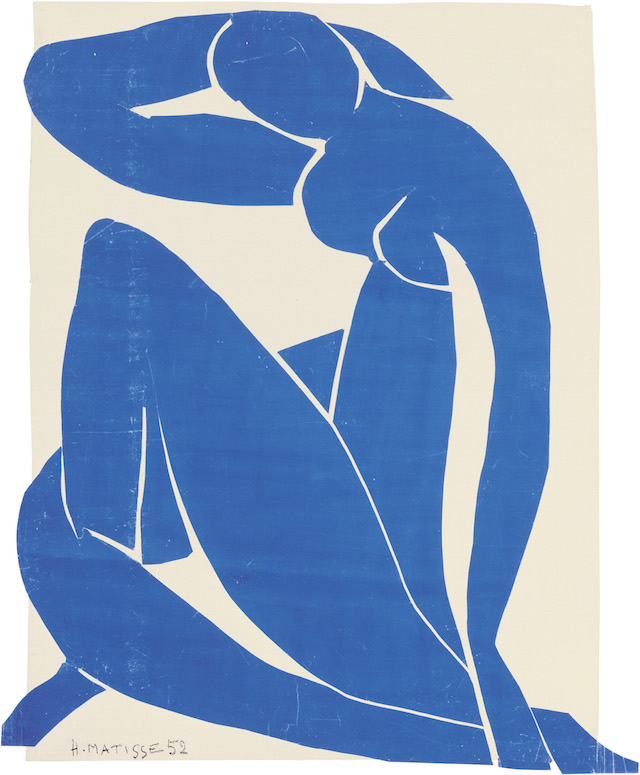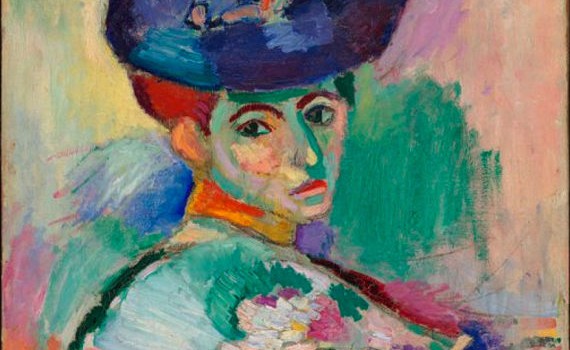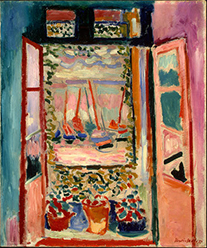
“What I dream of is an art of balance, of purity and serenity, devoid of troubling or depressing subject-matter, an art which could be for every mental worker, for the businessman as well as the man of letters, for example, a soothing, calming influence on the mind, something like a good armchair which provides relaxation from physical fatigue.”
– Henri Matisse
Henri Matisse, 1869–1954, was a French painter, printmaker, and sculptor. Along with Picasso, Matisse is considered one of the two foremost artists of the modern period. Although his subjects were traditional—nudes, figures in landscapes, portraits, interior views—his revolutionary use of brilliant color and exaggerated form to express emotion made him one of the most influential artists of the 20th century.
In 1891 Matisse moved to Paris for artistic training. He took instruction from famous, older artists at well-known schools such as the Académie Julian and the École des Beaux-Arts. These schools taught according to the “academic method,” which required working from live models and copying the works of Old Masters, but Matisse was also exposed to the recent Post-Impressionist work of Paul Cézanne and Vincent van Gogh while living in Paris. Matisse produced some major artworks between 1904 and 1905 such as Open Window, Woman with a Hat, and The Joy of Life.
Additional Readings:
Fauvism was a short-lived movement (1905–1908). Its influence was international and basic to the evolution of 20th century art. It was essentially an expressive style characterized by bold distortion of forms and exuberant color. The works of Fauvist artists, marked by audacious transpositions, forceful brushstrokes and the emotional use of color was inspired by Impressionism and the works of Vincent Van Gogh and Paul Signac. The leading Fauvist artists were Henri Matisse and André Derain.
André Derain (1880-1954) was a French artist, painter, sculptor and co-founder of Fauvism with Henri Matisse. Derain and Matisse worked together through the summer of 1905 in the Mediterranean village of Collioure and later that year displayed their highly innovative paintings at the Salon d’Automne. The vivid, unnatural colors led the critic Louis Vauxcelles to derisively dub their works as les Fauves, or “the wild beasts”, marking the start of the Fauvist movement.
Source Video: Youtube | Cited Text: http://www.biography.com/people/henri-matisse-9402564 & Wikipedia | Source Image: https://www.pinterest.com/zeevgsel/andr%C3%A9-derain-french-1880-1954/
















